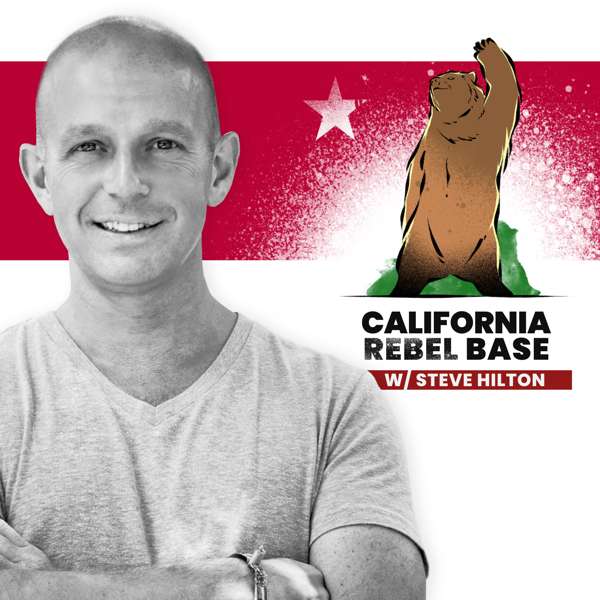On this episode of Eat Sleep Code, guest Todd Motto talks about overcoming JavaScript fatigue. With dozens of new JavaScript frameworks, tools, package managers, and task runners in the ecosystem, how do developers decide on a framework and move forward with a project.
Find the full transcript on Telerik Developer Network
http://developer.telerik.com/content-types/podcast/overcoming-javascript-fatigue/
Ed Charbeneau: Hello, and welcome to Eat Sleep Code, the official Telerik podcast, I'm your host Ed Charbeneau and with me today is Todd Motto. Hi Todd.
Todd Motto: Hey Ed.
00:22 EC: Today we're gonna be talking about JavaScript fatigue. Todd, I brought you on the show today because you are a new team member for Telerik and you're working with JavaScript and Kendo UI, and I thought it'd be a great time to talk about overcoming JavaScript fatigue. And let's talk about that in a moment, but first let's do some introductions, tell us a little bit about yourself and what you do.
00:51 TM: Cool. Yeah, thanks for having me on the show. I'm a new member to the team as you mentioned. I'm over in England, I cover the developer advocate scene in the UK, and parts of Europe and hopefully a little bit further across the pond and over in the US. So yeah, I'm working on the Kendo UI side of things, we'll be diving into the NativeScript as well. There's also the React stuff, and Angular 1 and Angular 2 integrations, so I'll be heavily involved with. So, it's gonna be an exciting year.
02:12 EC: Yeah. Alright man, so we wanted to talk about JavaScript fatigue today. Let's kick it off by explaining what JavaScript fatigue even is.
02:26 TM: Yes. So I think… Well, at the moment, there's this JavaScript fatigue you could probably do a search for it on a Twitter search and get new tweets on it every minute. I think we're just in this JavaScript boom at the moment where there's so many frameworks, and so many new features and tooling, and libraries, and all this stuff that's happening daily and everybody is sort of recommending new things to do. The day before yesterday I was… I'd recently switched over from using Sublime Text to using Atom, and obviously everyone has their own favorite text editor, but everyone's sort of like, "Why don't you try this, why don't you try this, why don't you try this editor instead?" And it's the exact same thing that happens with the JavaScript scene. You might say, "Oh, I've just built this on Angular." And somebody will go, "Why didn't you do in this, why didn't you do it in React? Why didn't you do this? Why didn't you use Flux?" Do you know what I mean? It gives a developer, especially a new developer, to the community like somebody who's come from a jQuery background that builds website to then joining like a software engineering team that builds software in a browser, so web application side of things, to make a jump.
03:37 TM: And then there's this kind of "Which way do I go down?" The path used to be quite clear a couple of years ago, there used to be a couple of frameworks that were sort of the industry leaders and then everybody kinda got a bit smarter and said, "Oh, you know what? I'm actually going to create my own framework or my own version of this framework, and I'm gonna make it 100 times smaller, that's my aim." And then React came out, and then Angular 2 is on its way, and there's all the tooling associated with it. I think instead of just maybe five paths that we had a couple of years ago, we have got 500 paths, and then we've got all the tooling around it. So that's my nutshell definition of JavaScript fatigue, is which way do you go, then when you choose a path, you then go another 500 paths so you can choose either with build tools and back-ends, and web servers, and all this kind of thing.
http://developer.telerik.com/content-types/podcast/overcoming-javascript-fatigue/

 Our TOPPODCAST Picks
Our TOPPODCAST Picks  Stay Connected
Stay Connected







